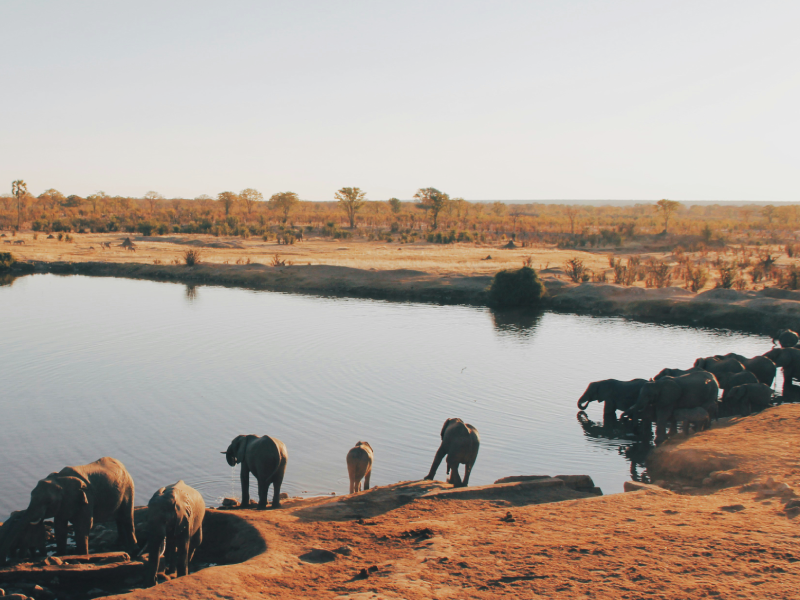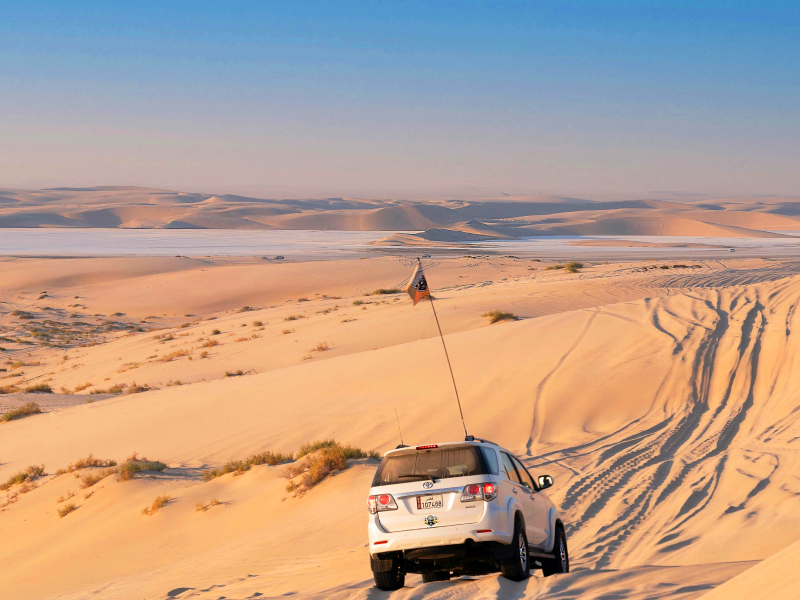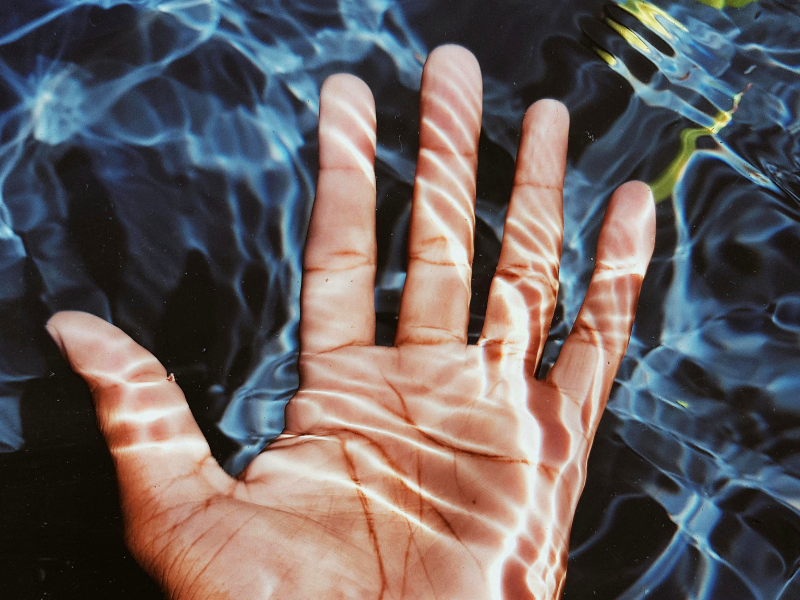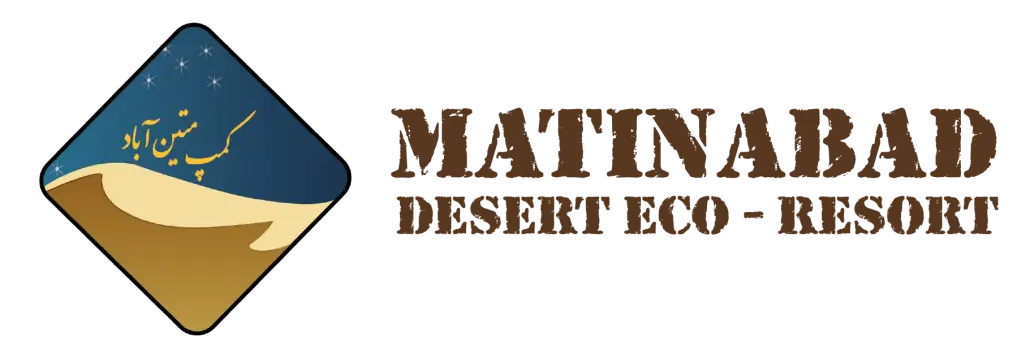How to Find Water in the Desert?
One of the most mysterious and adventurous types of travel is desert travel. When traveling in the wilderness, you must anticipate 99% of the incidents that may occur. This is because when unexpected incidents occur, offering assistance can be extremely difficult and sometimes even impossible. Therefore, you should be adequately prepared. When we are caught in a special and emergency situation in nature, the first thing we should think about is the water supply because not getting enough water can cause dizziness, slow mental performance, and blood thickening.
In addition, dehydration can increase fear and cool the body. Finding water in the desert may seem impossible, but with enough skill, it is possible. Here are some simple ways to find and produce water in the desert. The most important thing for these methods is your calmness and belief in survival.
Common Ways to Get Water in the Desert
The best places to find water are in old, dry valley floors and riverbeds, where water naturally comes out of the ground and is more accessible than anywhere else.
If you don’t see any streams or ponds, look for areas with plant growth and try digging in those spots. Water may be just below the surface and collect in the hole you dig.
Digging in dry river beds and dry canal beds may reveal a spring just below the surface, especially in sandy areas. In mountainous areas, look for cracks between rocks, where water may be found.
On the beach, digging in the sand above the tide line, especially where there are wind dunes, may lead you to potable water about 5 cm (2 in) below the surface, above the salt water. This water may have a slightly salty taste, but it is safe to drink.

At the base of coastal cliffs, look for green and watery plants such as moss and ferns. These plants often grow where rocks have been moved, and there may be a source of fresh water or even a small spring nearby.
What Is Water in the Desert Called?
Water in the desert is often referred to as a “mirage.” This optical illusion occurs when light bends as it passes through different layers of air temperature, creating the appearance of water on the ground.
Mirages can trick travelers into thinking that real water is nearby, but in reality, they are only temporary illusions caused by atmospheric conditions in the desert environment.
How to Find Water in the Desert with a Stick (Distillation)
In a desert, if you find a spot with moist soil, you can generate some water in a few hours using the heat of the sun and a simple method.
- Dig a Hole: Find a place with moist soil and dig a hole with a stick.
- Place a Container: Put a cup or a small container in the center of the hole.
- Cover with Plastic: Place a sheet of plastic over the hole and secure the edges with rocks to prevent air from entering or leaving.
- Add a Small Stone: Place a small stone in the center of the plastic sheet, right above your container.
The process works as follows:
Soil moisture evaporates due to the heat of the sun.
The vapor rises and condenses on the plastic sheet.
The small stone creates a slope, causing the water droplets to slide down and drip into the container.
While this process is going on, you can relax in the shade.
Finding Water in a Salt Lake
Salt Lake might be one of the last places you would think to find drinking water, but you can still use distillation to separate the salt and minerals. Dig a hole 50 cm deep to reach the salt water.

Just like the previous method, use the heat of the sun and a plastic sheet to produce drinking water.
By following the same distillation method, you can collect the evaporated and condensed water, leaving the salts and impurities behind.
Finding Water Using Vegetation
To find water in the desert, look for vegetation. Dense vegetation and most trees cannot survive without a constant water source. If you are unfamiliar with the local plants, search for the greenest ones. Deciduous and broad-leafed trees are usually better indicators of water than pine trees because they require more water.
In addition, some water is usually stored in the roots and stems of plants, which can save your life in a critical situation in the desert. But be careful because unfamiliar plants can be dangerous. For example, the water inside certain types of cacti can cause nausea. Also, watch out for animals like snakes or scorpions when extracting plants.
Following Animal Tracks to Find Water in the Desert
One of the easiest ways to find water is to follow animal tracks. If you see animal tracks in this area, you are probably close to a water source. In deserts, camels and most other animals head for water around sunset, and following their tracks can lead you to water.
Most animals need water frequently. Herbivores may graze long distances but never stray far from water, as they must drink early in the morning and at sunset. Tracking large prey animals might lead to water. Track them downhill.
Carnivores, on the other hand, can go longer without water because they get the moisture they need from their prey, so their tracks are not a reliable indicator of water sources.
Finding Water in the Desert Using Birds
Birds that eat seeds, such as sparrows, finches, starlings, and pigeons, never stray far from water sources. These birds drink water in the morning and evening. Remember, when these birds fly straight down, they are heading for water.

After drinking, they become heavier and fly from tree to tree, resting frequently. You can find water by following their flight path.
However, note that waterfowl can fly long distances without needing water or food, so following them, like seagulls, may not be a reliable sign of nearby water.
Similarly, eagles, hawks, and other birds of prey get the necessary moisture from the bodies of their prey, so their presence does not necessarily indicate that water is nearby.
Collecting Dew
Except for acid rain from industrial activities that can contaminate the soil, rainwater is drinkable anywhere and only needs to be collected. Use large containers or dig a hole in the ground and cover the bottom and surrounding area with clay to create a good reservoir that can store rainwater for you.
If you do not have impermeable plastic or fabric, you can also use metal sheets or tree bark to store water.
If there is a possibility of contamination in the collected water, boil it before drinking.
In areas where the days are very hot and the nights are cool, dew can be abundant. When dew forms on metal surfaces, you can collect and drink it. You can also use cloth or clothes to collect water and squeeze it if needed.
One way is to wrap a clean cloth around your ankles and knees and walk through dew-covered plants to soak them.
How to Find Water in the Desert by Hand?
To find water in the desert by hand, look for low-lying areas where water may collect, such as depressions or dry riverbeds. Use your hands to dig into the soil, focusing on areas that feel moist or where plants are growing. In some cases, you may need to dig several feet to reach the water.

Once you have found the water, collect it in a container and filter it through a cloth or filter it before drinking to ensure it is safe. This method requires patience and careful observation of the desert environment to locate and access water effectively.
How to Get Drinkable Water on a Deserted Island?
To obtain drinking water on a deserted island, look for freshwater sources such as streams, springs, or rainwater. If none are available, collecting rainwater is a great method. Use containers or temporary catch basins such as large leaves or tarps to collect rainwater while showering.
It is necessary to purify the collected water by boiling it or using water purification tablets to remove any possible contamination before drinking. Being proactive in finding water and purifying it is the key to survival on a deserted island.
Avoid Drinking from Any Pool of Water
Be careful when dealing with a pool of water. If no plants are growing near it or if you see animal bones around it, the water is probably unsafe and may be contaminated with chemicals.
Always check the edges of the water for signs of alkaline substances. Make sure you boil any water you collect from in-ground pools before drinking it to make sure it is safe.
How to Keep Your Body Cool
In desert areas, keeping your body cool is just as important as drinking water, as it helps retain moisture. Cover your body with sand and place a cloth over your face.
Lying down on a cool, shady rock can help reduce your thirst. To reduce the body temperature, you should lie down on the stone with your chest and stomach.
Final Word
We have explored different ways to find water in desert areas, such as following animal tracks, collecting dew, and digging by hand or using sticks. It is very important to approach desert environments with awareness and preparation, knowing how to identify potential water sources and understanding the importance of water purification.
These skills are essential for survival in arid regions where water is scarce and can be life-saving in critical situations. By respecting the challenges of the desert and applying these methods, you can move safely and sustainably in these harsh landscapes.
Are you planning to travel to Iran and looking for an Iran resort? Consider Matinabad Eco-resort.





Leave a Reply
Want to join the discussion?Feel free to contribute!